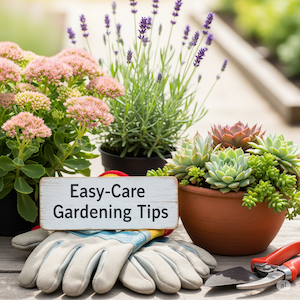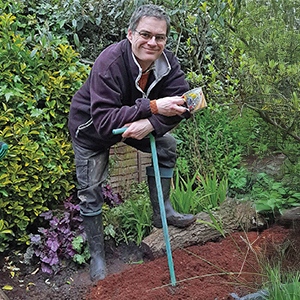Great to see you here!
Gardening is often seen as a time-consuming and demanding task. But what if there was a way to maintain a beautiful, thriving garden without the endless hours spent on weeding, watering, and pruning? Introducing The Easy-Care Garden—a revolutionary approach to horticulture that is changing how we think about and engage with our outdoor spaces. Traditional gardening practices have become stagnant and outdated, limiting our enjoyment and connection with nature. My name is Scott J. Millin, and I am on a mission to bring gardening into the 21st century.
What is the easy-care garden?
The Easy-care Garden is not about neglecting your plants; it is about working smarter, not harder. A philosophy that prioritises design and plant selection to create a self-sustaining ecosystem that requires minimal intervention. This method is inspired by nature, emulating meadows, woodland edges, and wetlands where plants thrive in a tightly-knit, self-mulching network.


Key principles of the easy-care garden
- Right Plant, Right Place: This is the cornerstone of easy-care gardening. By choosing plants that are naturally suited to your climate and soil, you drastically reduce the need for watering, feeding, and pest control. Native plants are often a great choice, as they have evolved to thrive in local conditions. However, combining native and non-native species can extend growing seasons and adapt to our changing climate.
- Feed the Soil, Not the Plants: Instead of constantly fertilising, The Easy-care Garden focuses on building healthy soil. Leave fallen autumn leaves in borders to decompose on-site, and apply compost and chip bark regularly to create rich, living soil that provides all the nutrients your plants need.
- Ditch the Manicured Lawn: Traditional lawns are one of the most high-maintenance parts of a garden, requiring constant mowing, watering, and feeding. The Easy-care Garden encourages reducing lawn size or replacing it with low-maintenance options such as gravel paths, structural evergreens, ground cover plants, or a wildflower meadow.
- Strategic Hardscaping: Using hardscaping elements like wide gravel paths, patios, and raised beds not only adds structure and visual interest but also reduces the area you need to maintain. These features can help suppress weeds and make tasks like weeding and planting more accessible. Raised beds also give you options to grow plants that may not be suited to you soil type.
- Embrace Ground Cover and Mulch: The Easy-care Garden hates bare soil. This causes soil to deteriorate. By using a deep layer of mulch or planting a dense ground cover, you can effectively suppress weeds, retain moisture, and improve soil health, all while reducing your workload.
The benefits go far beyond saving time
The Easy-care Garden is more than just a shortcut to a nice garden. It offers a host of benefits that are changing the way people view gardening.

More Leisure Time: By minimising the time spent on tedious tasks, you can enjoy your garden more, whether you’re relaxing with a book or hosting a barbecue.
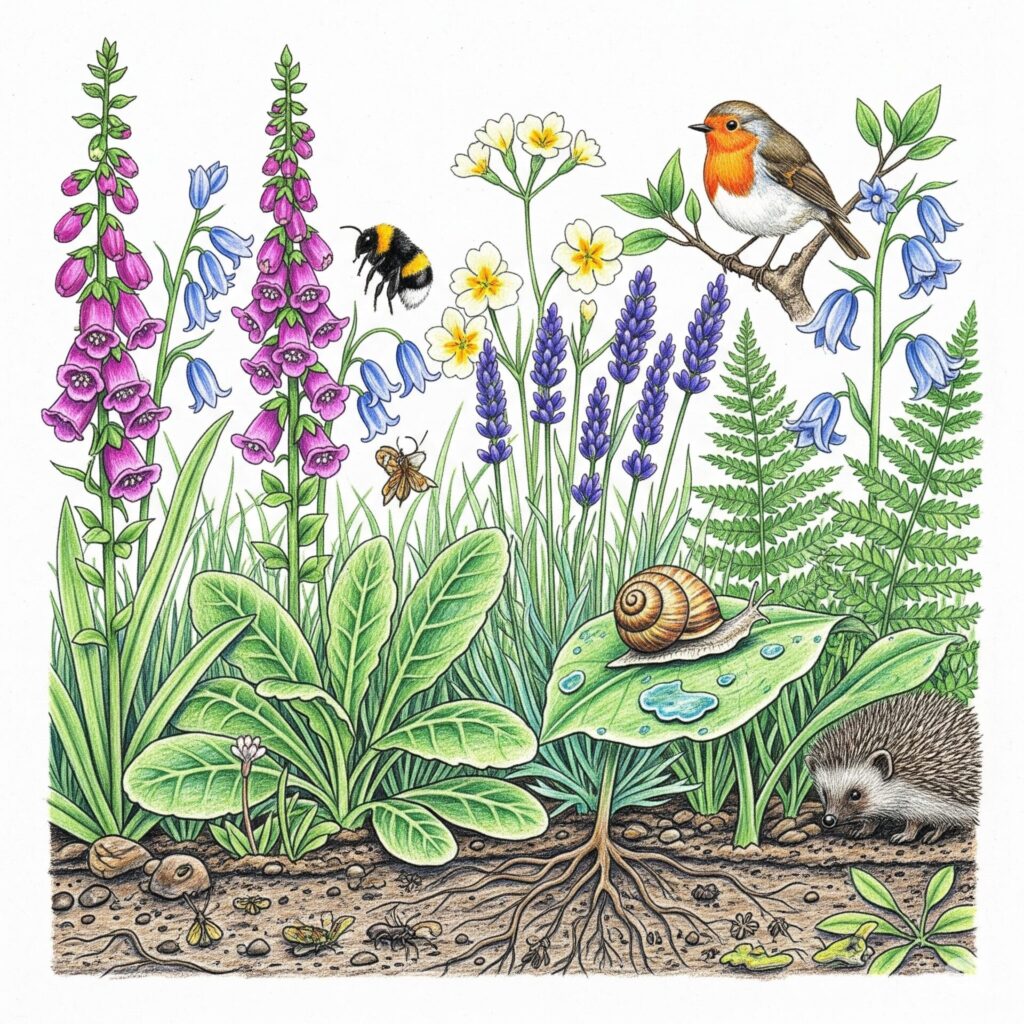
Sustainability: Easy-care gardening is inherently eco-friendly. By including UK native plants and reducing the need for chemical fertilisers and excessive watering, you create a garden that is better for the environment and local wildlife.
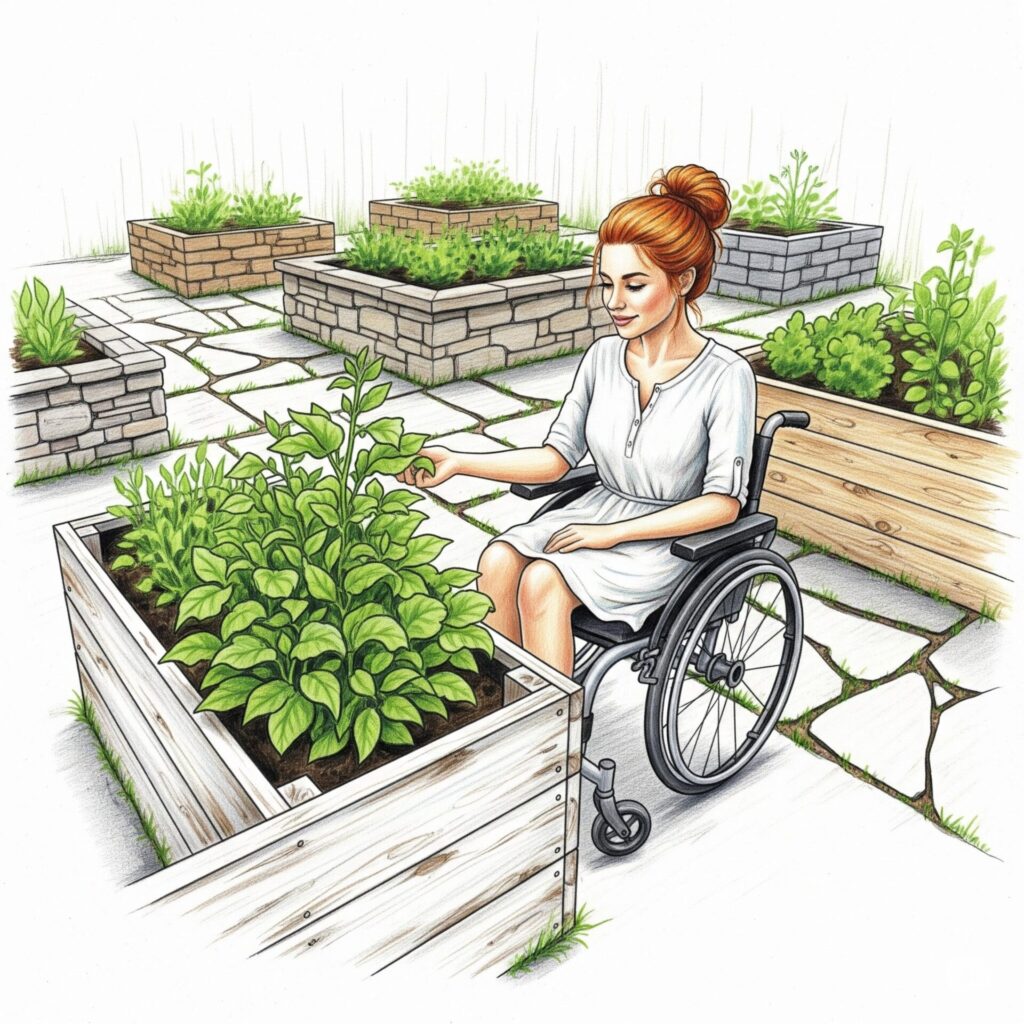
Accessibility: For individuals with limited mobility, an easy-to-care-for garden featuring raised beds and well-planned pathways can make gardening an enjoyable and accessible activity.
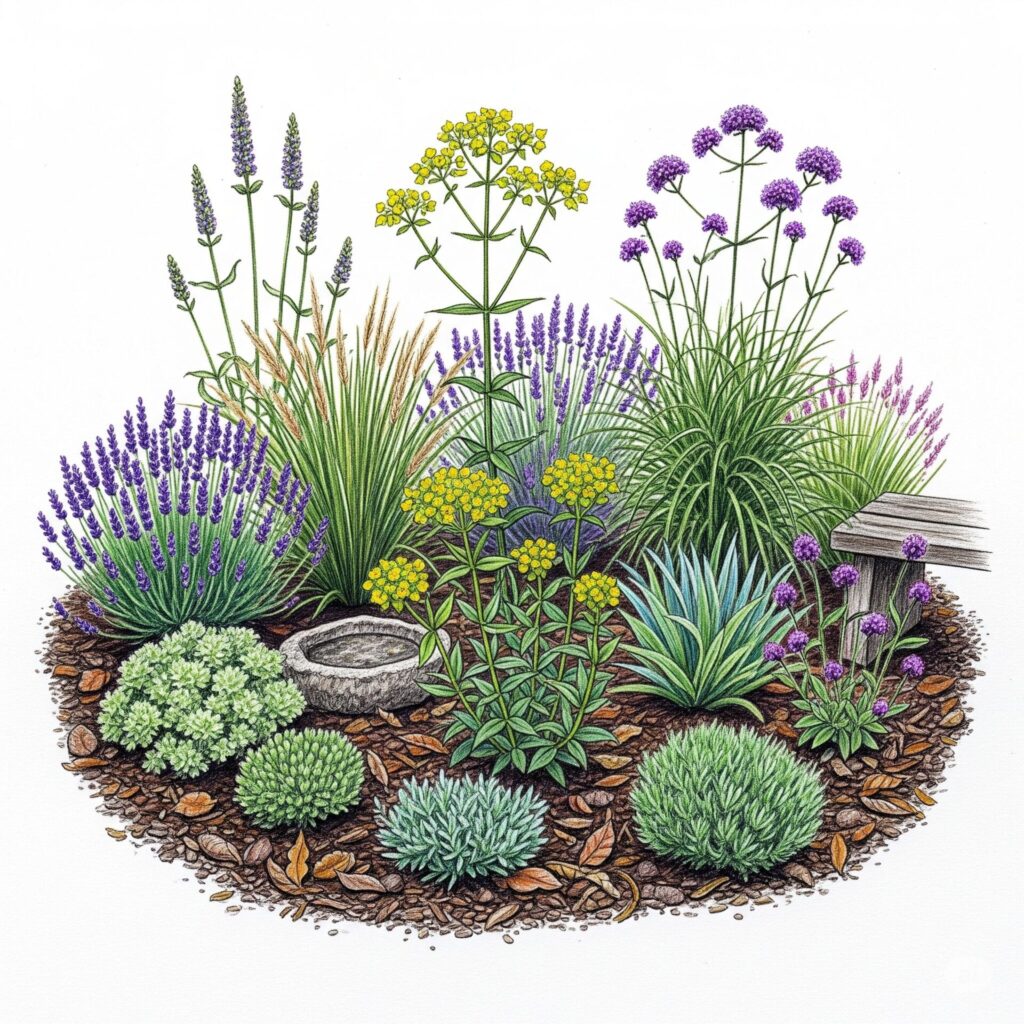
Increased Resilience: Gardens designed to be low-maintenance are often more resilient to drought and pests, as the plants are better adapted and the soil is healthier.
The easy-care garden is a paradigm shift. It’s a move away from the relentless pursuit of perfection and toward a more relaxed, sustainable, and enjoyable relationship with our outdoor spaces. It’s an invitation to step back, observe nature, and let your garden do what it does best: grow beautifully, with minimal fuss.


